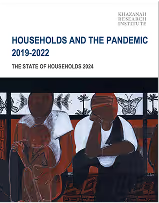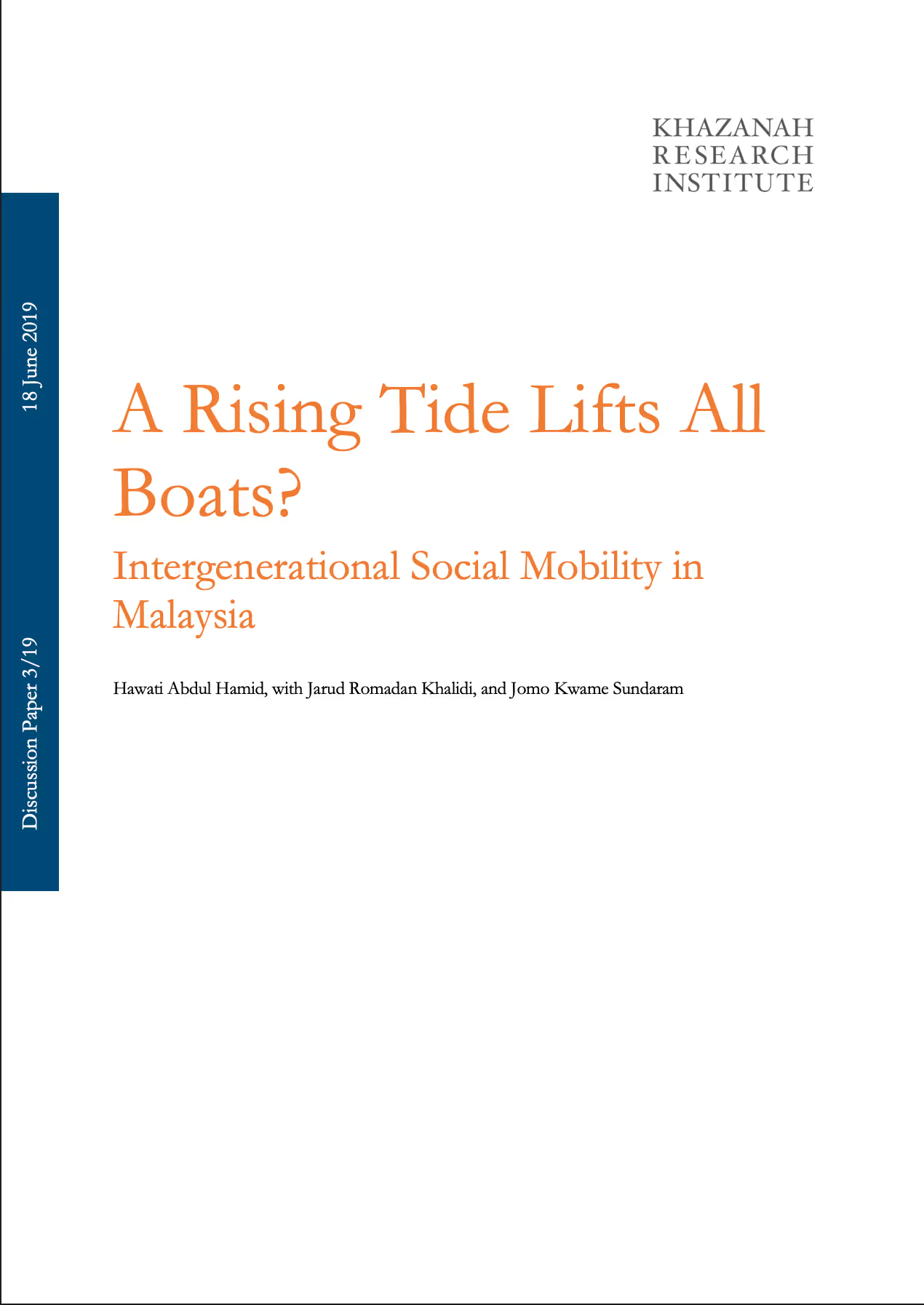
Malaysian economic growth and policies from the 1970s have resulted in profound economic and social transformations, including upward social mobility for most of the population. Socio-economic indicators for basic amenities, poverty, health, education, employment and real incomes suggest better living standards for most Malaysians, with spatial imbalances and inter-ethnic disparities narrowing.
A KRI survey found almost no children, regardless of parental economic status, with lower education levels than their parents. The children attained either higher or similar levels of schooling. Higher education attainment for all Malaysians, regardless of economic background, reflects much greater access, including special programmes for disadvantaged groups, as well as initiatives to narrow geographic differences by improving education and health facilities and personnel, especially for rural populations.
Children, especially poorer children, became better off in terms of education, occupations, employment and income. Children born to parents in the bottom income cohort (with monthly earnings of less than RM1,000) had incomes more than double those of their parents.
Although upward mobility is often related to greater educational attainment, more education does not necessarily ensure higher incomes. While the share of children with tertiary education born to parents with monthly earnings of at least RM5,000 was almost double that of their parents' generation, most of these children did not earn higher incomes than their parents at the age of 35 years.
A possible explanation is more sharply diminishing returns to higher education compared to before. The share of the labour force with tertiary education rose from 1.8% in 1974 to 6.1% in 1982 and close to 30% in 2016. Thus, the premium from tertiary education is probably much less than for the parents' generation, when far fewer had tertiary education.
With more educational opportunities, the children's generation generally spent more time in education before entering the job market, resulting in less work experience and seniority - and presumably incomes - compared to their parents' generation at age 35. Although the survey sought to compare incomes at the same age, the discrepancy may be due to comparing incomes at 35 years for the parents with their children's incomes at the age of 32 years, on average.
It is also harder for the children of better-off parents to surpass their parents' socio-economic status compared to the children of low-income parents owing to their different starting points, determined by their parents' socio-economic status, standing or wellbeing.
There are other reasons why it has been more difficult for the children to surpass their parents' socio-economic standing. The parents' generation lived through a high growth period in Malaysia between 1987 and 1997, i.e., before the 1997-1998 Asian financial crises set back economic, industrial and income growth. On the other hand, children born between 1975 and 1990 probably began working after the 1997-1998 crisis when economic, industrial and income growth have been more lacklustre, and greater reliance on foreign labour, including undocumented workers, has served to depress wages and working conditions, especially for low-skilled, low-income labour, including Malaysians.
Better monitoring of the determinants of personal and household wellbeing and mobility, especially of the economic, social and political determinants of wealth and income determination and distribution, are important to better understand social mobility. More detailed socio-economic data, such as income and other socio-economic characteristics, for every household, can helpfully supplement broad social mobility indicators. Longitudinal panel data tracking households over their life cycles can provide meaningful and telling insights.
Although economic growth is generally needed to raise incomes and living standards, its benefits are rarely shared evenly or equitably among all sections of society. Changing wealth and income distribution as well as opportunities for personal and household advancement and mobility can shape social progress and upward mobility for current and future generations.






.avif)








